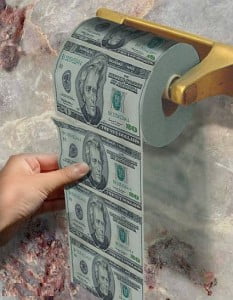Determining Your Disposable Income
When you file for bankruptcy you’ll need to determine your disposable income. There are a couple different ways to do this, one is more involved and detailed, but you may want to use more than one method to see which result is more useful for you when filing bankruptcy. Your disposable income is very important because it is a key figure when determining what chapter of bankruptcy you are eligible for and how much can be given to creditors.
Basically your disposable income is based on your average income and your expenses. Much like figuring a budget, determining your disposable income is looking at your income and then subtracting your regular payments, the amount left over (if in the positive) is your disposable income.
Filing a Chapter 7 Bankruptcy
For people who are interested in filing for a Chapter 7 bankruptcy , your disposable income is a key figure. First you have to prove that your assessable income is below your state median, meaning you have less disposable income that the average person in your state. Then you will have to prove that your disposable income is nil or negative. If your disposable income is more than that you may not be able to file for a Chapter 7 bankruptcy, the bankruptcy court may suggest you file for a Chapter 13 bankruptcy instead.
Filing a Chapter 13 Bankruptcy
In a Chapter 13 bankruptcy your disposable income is disbursed among your creditors to help pay off your debts. An experienced bankruptcy attorney can help you determine what your disposable income is and which form of bankruptcy is right for you and your situation.
